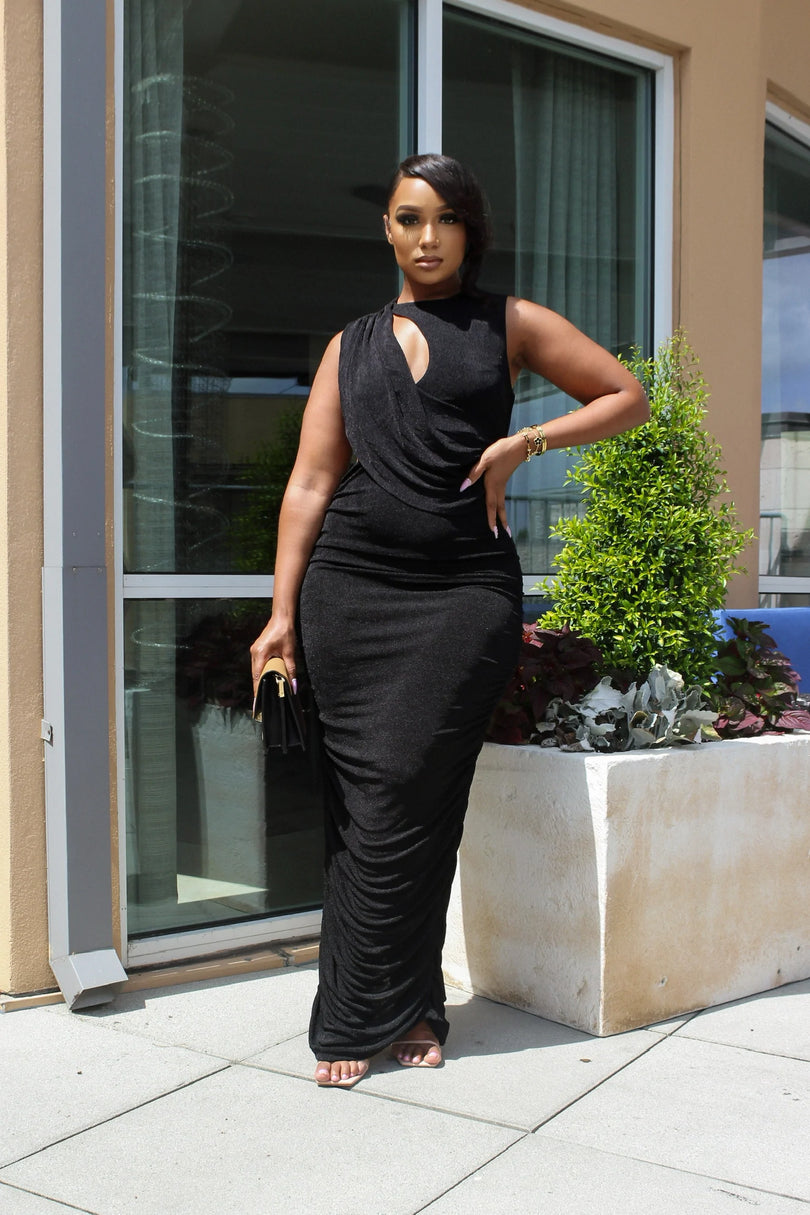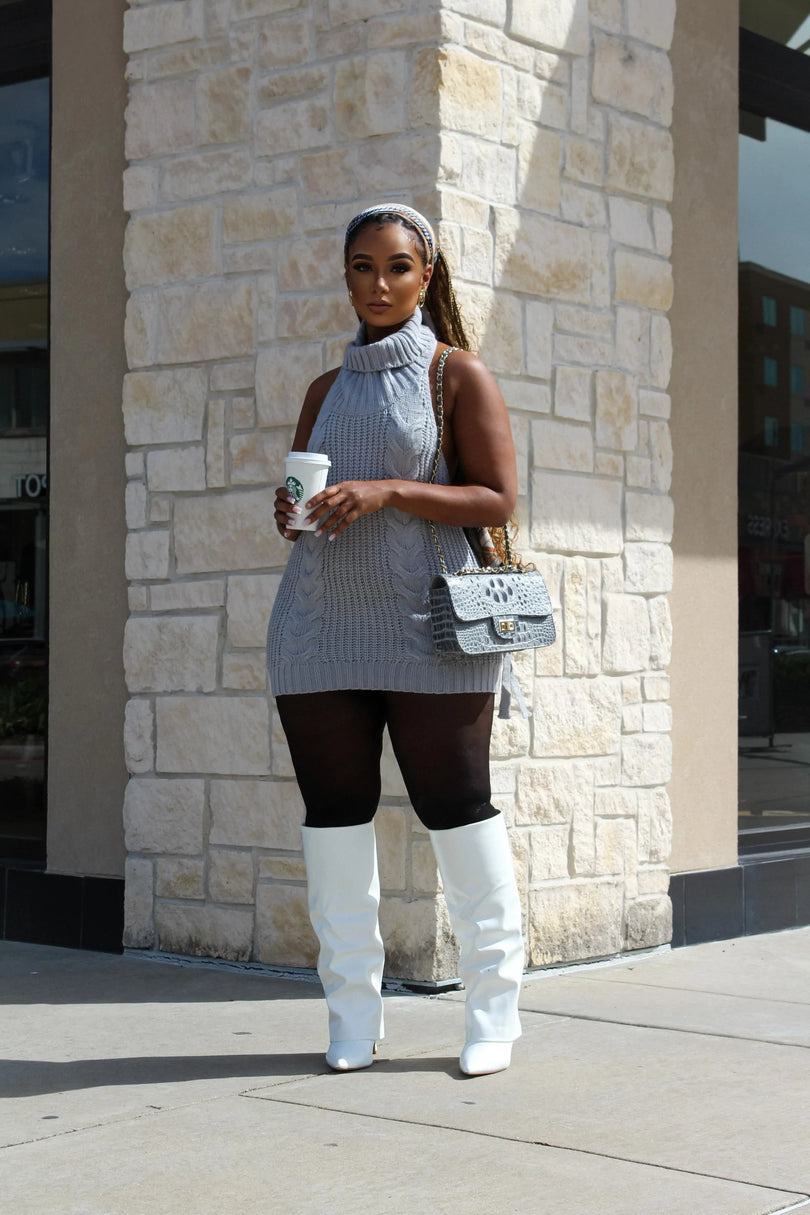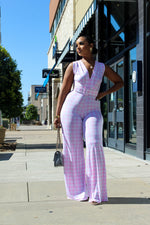The fashion industry is going through a significant transformation in today's quick-paced, digitally driven world. Technology and fashion are combining to create exciting new possibilities and to change how we produce, use, and perceive clothing. Innovative technologies are reshaping the fashion industry, from virtual reality to wearable technology. This article delves into the fascinating world of fashion technology, examining the two fields' interactions and the long-term effects they have on the industry.

I. The Evolution of Fashion Tech:
Fashion and technology has a long, rich history. It all started with the invention of computer-aided design (CAD) software, which transformed the process of design by allowing designers to produce complex and accurate digital designs. This new technology simplified the design process and provided more room for experimentation and imagination.

The power of fashion tech increased along with technological advancement. A paradigm shift in manufacturing was brought about by the introduction of 3D printing, which allowed designers to quickly bring their digital creations to life. This innovation not only quickened the production process but also made customization possible and decreased waste. The development of fashion technology was further accelerated by the rise of e-commerce, which allowed customers to browse the newest trends and find new designers with just a few clicks. The evolution of fashion tech continues to unfold, promising even more exciting innovations and opportunities in the future.
II. Innovative Technologies in Fashion:
The fashion industry is at the forefront of embracing innovative technologies that are reshaping the way we interact with fashion. Wearable technology has grown in popularity, blending the lines between fashion and functionality. Examples include smartwatches and fitness trackers. With features like health monitoring, notifications, and personalized experiences, these gadgets seamlessly incorporate technology into our daily lives.

Another ground-breaking invention, smart fabrics, are revolutionizing how we view and use clothing. Smart fabrics are improving comfort, performance, and functionality with everything from temperature-regulating fabrics to clothing that incorporates sensors that monitor body movements. The fashion industry is introducing immersive experiences thanks to virtual reality (VR) and augmented reality (AR) technologies. While AR enables customers to see virtual clothing superimposed on their own bodies through their smartphones, VR allows them to try on clothing in a virtual store from the comfort of their homes. By enabling greater convenience, customization, and exploration, these technologies are revolutionizing the way we shop.
III. Fashion Tech and Sustainability:
Fashion tech is playing a critical role in advancing ethical and sustainable practices in the industry as sustainability gains importance. As a result of advances in material science, eco-friendly fabrics made of organic fibers, recycled materials, and even cutting-edge substitutes like lab-grown leather have been created. In addition to lowering the fashion industry's environmental impact, these sustainable materials also present fresh aesthetic and practical options.

Along with improving supply chain transparency and waste reduction, technology is also being used to optimize production processes. Brands are now able to analyze data and make wise decisions about sourcing, production, and distribution thanks to advanced analytics and machine learning algorithms. By implementing these technologies, fashion companies can reduce their carbon footprint, ensure ethical sourcing, and satisfy the rising demand for sustainable fashion.
IV. Challenges and Opportunities:
Although fashion technology has a lot of potential, it also has a unique set of difficulties. Cost is frequently a barrier because integrating technology into the fashion industry can be costly, especially for smaller brands or independent designers. The ability to scale up technologies can also be difficult because some small-scale technologies may be difficult to translate into mass production. Another important factor to take into account is consumer acceptance, as not all consumers may be ready to adopt new technologies in their fashion preferences.

But these difficulties also offer chances for cooperation, innovation, and education. These obstacles can be overcome and the full potential of fashion tech unlocked by the fashion industry by working with tech companies, pooling resources, and investing in research and development. By highlighting the advantages and value that fashion tech can provide to both the industry and consumers, education and awareness campaigns can also aid in closing the acceptance gap between technology and the general public.
V. Future Trends in Fashion Tech:
Future fashion technology has enormous potential, to be sure. The industry is likely to undergo further change as a result of developments in nanotechnology, biotechnology, and robotics. A more sustainable and circular fashion economy will result from the incorporation of technology that is concerned with sustainability, such as biodegradable materials and closed-loop systems. The overall customer experience will be improved by the continued use of artificial intelligence (AI) in personalized recommendations and predictive analytics.

Conclusion:
Pushing the limits of creativity, sustainability, and consumer engagement in the fashion industry, fashion tech is a dynamic and quickly developing field. The fusion of fashion and technology has the potential to revolutionize how we create, manufacture, and consume clothing. Professionals in the fashion industry, brands, and customers must all stay informed about and adjust to this new era of fashion technology as the industry continues to embrace cutting-edge technologies. We can sculpt a future where fashion and technology coexist peacefully to create a more diverse, sustainable, and exciting fashion landscape by seizing the opportunities and overcoming the challenges.














